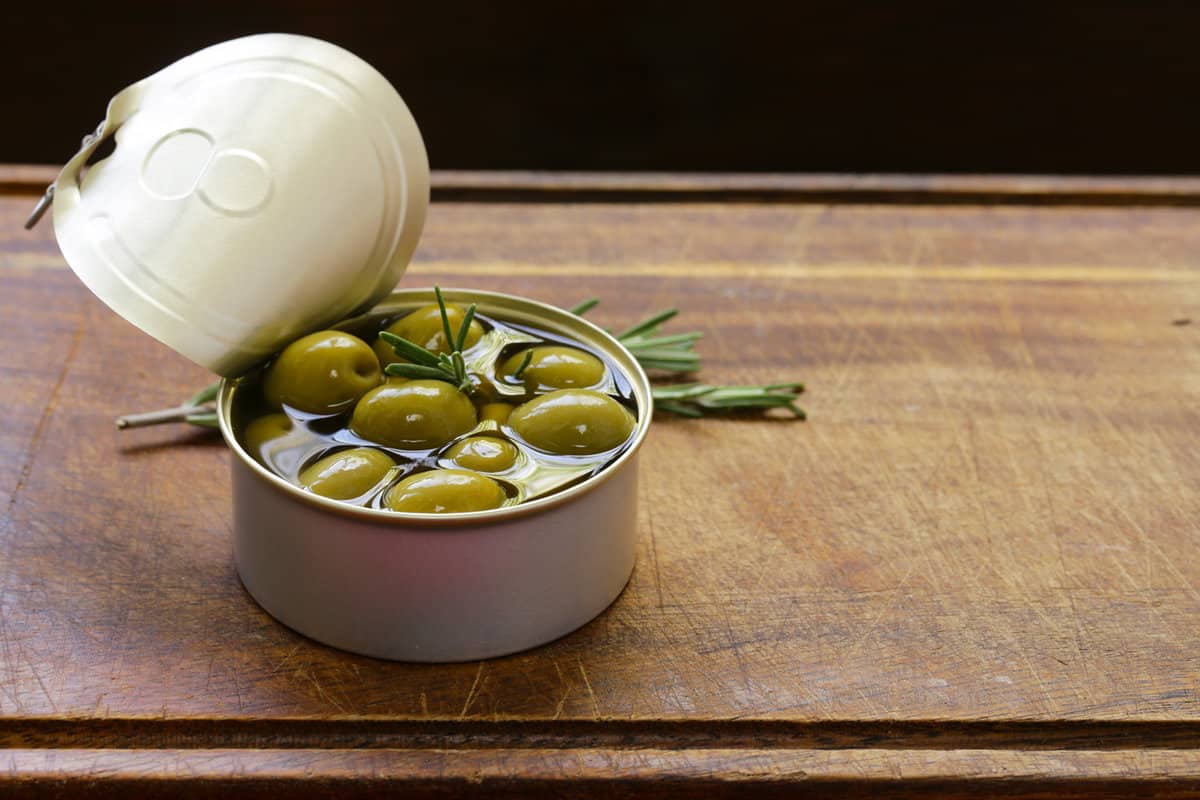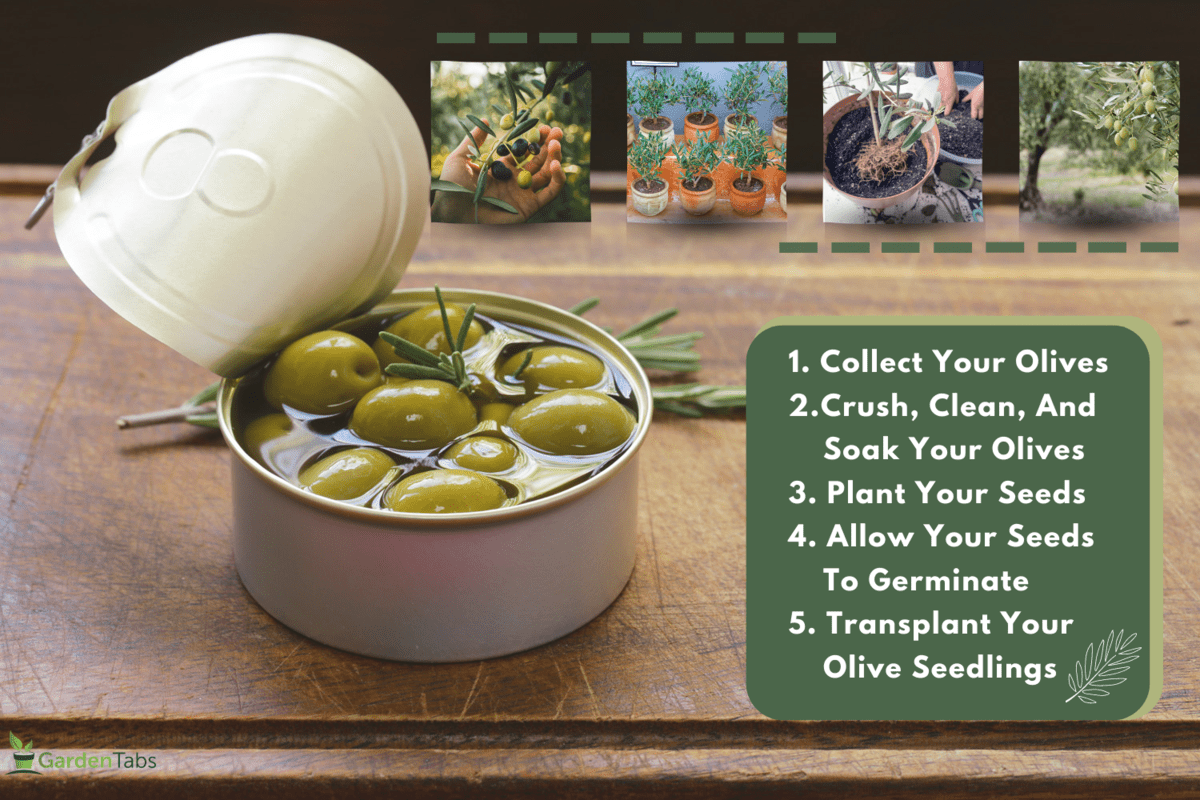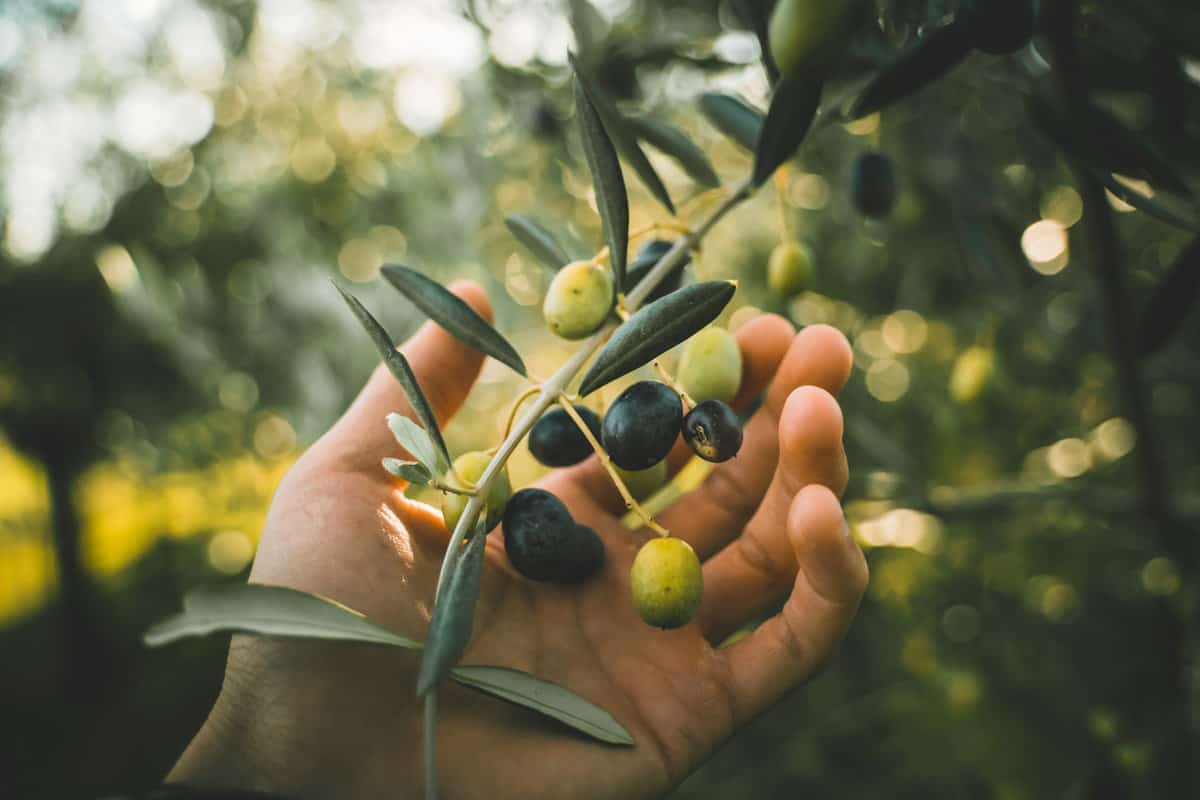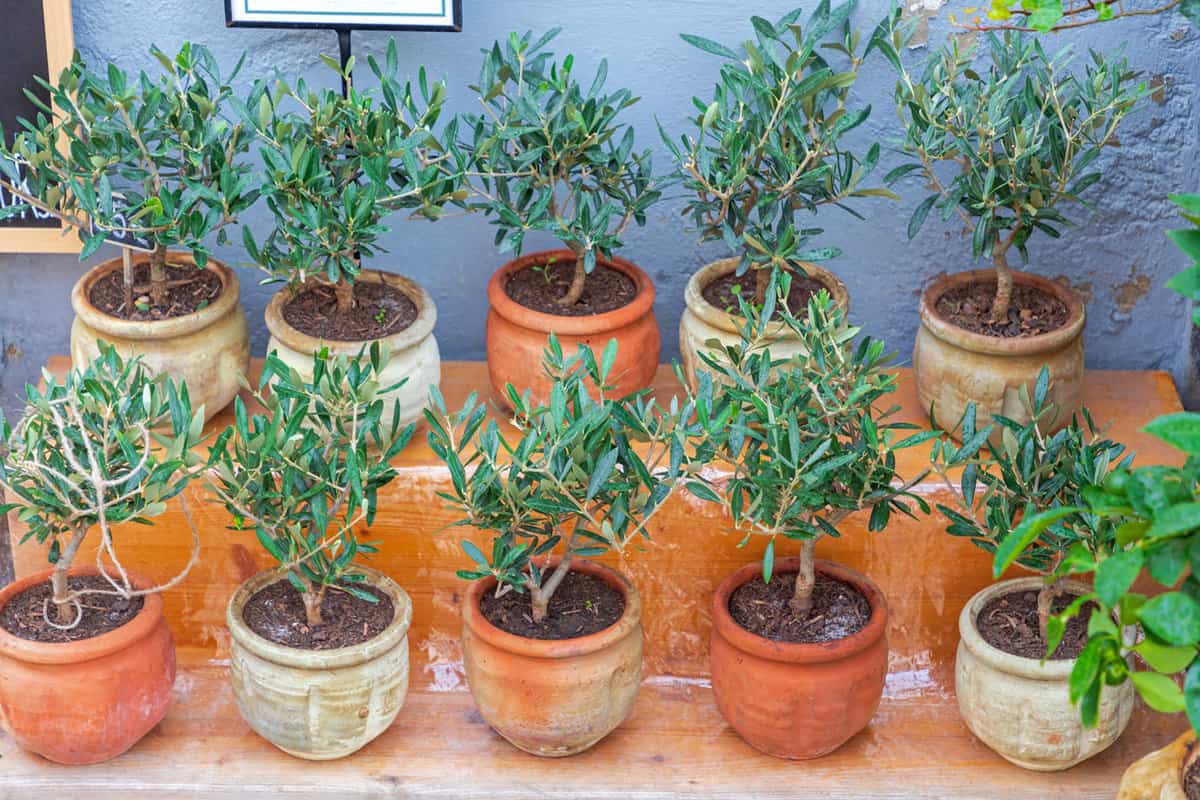Are you thinking about adding an olive tree to your garden? You may be wondering if you can start a tree using a seed from your jar of store-bought olives. In this article, we will answer if this is possible and more.
You cannot grow olives from store-bought olives. Olive trees can only be started by seed if the seed is fresh, while store-bought olives often times are cooked or prepared in brine to get them ready for consumption.
While you cannot use your store-bought olives, there are other ways you can grow an olive tree from seed. Keep reading as we go into detail on this process and answer how long you'll need to wait for your tree to start producing fruit.
Can You Buy Fresh Olives At The Supermarket?
You most commonly come across olives in jars at the supermarket. Is it even possible to find fresh olives at the store? The answer is no, fresh olives are almost never sold in a grocery store because fresh olives are not edible.
Fresh olives contain a compound called oleuropein, that creates an extremely bitter taste. This compound is completely removed before olives make it to the grocery store shelf.

Removing the compound gets done through fermentation, soaking the olives in water, or using lye or sodium hydroxide. Each method will create an edible olive, but it also kills the olive seed.
This is why you can't grow an olive tree from your supermarket olive pits.
How To Grow Olives From An Olive Seed

While you can't use supermarket olives to grow a tree, you can still grow an olive tree from seed. You just need the right seeds to start. Growing an olive tree takes a little patience and care, but it is entirely worth the work.
Let's take a closer look at what it takes to grow an olive tree from seed.
1. Collect Your Olives
The first step is finding fresh olives and seeds. We mentioned that olive trees can only be grown from fresh seeds. Gathering olives directly from the tree is ideal for the freshest seeds.
Picking olives for seeds should be done in early autumn when you see ripe, green olives. Ensure your olives are green and not black. Additionally, avoid picking olives from the ground for this process.

If you cannot find any olive trees in your area to pick from, there are farms that offer to ship fresh olives and their seeds to you. When purchasing fresh olives online, look for orchards that ship their olives within 24 hours of harvesting them.
2. Crush, Clean, And Soak Your Olives
Once you have gathered your fresh olives, it is time to start preparing them for planting. Your seed is inside the pit of an olive, which is covered by the flesh of the fruit. These layers are to be broken down to extract your olive seeds.
Start by placing your olives in a bowl or bucket. Next, use a hammer or wide, flat knife to gently smash your fruit. This will start to loosen the flesh around the pit. Second, cover your crushed olives with warm water to sit overnight.
The next day, use a scouring pad or sandpaper to rub the excess flesh and skin off your olive pits.
You can find scouring pads here on Amazon.
Next, do a final rinse of your olive pits under warm water. You should end with olive pits having no flesh or fruit left on the outside. Last, use a knife to create a tiny hole on the blunt end of your olive pit.
Soak your olive pits for 24 hours in water, then they will be ready to plant.
3. Plant Your Seeds
Prepare a small pot for your seeds. The soil should be well draining and made up of seed starter soil and coarse sand. Place your soil components in your pot and mix thoroughly, adding water.
The ideal soil mixture is moist but not soaking wet.
Amazon offers seed soil starter here.
Next, plant one seed, or olive pit, per pot. Sow the seed about 1-2 inches deep in the soil. It's a good idea to plant many seeds, as the germination rate for olives is low, meaning some of your seeds will not sprout.
Finally, water your newly planted seeds and get them ready for germination.
4. Allow Your Seeds To Germinate
Olive seeds can take anywhere from three weeks to three months to germinate. Keeping moisture around your pots and leaving them in warm temperatures will encourage this process.
If you have a propagator at home, you can simply place your pots inside. Without a propagator, you can still create this needed humidity with household items.
One example is to place your pots inside a clear polythene bag. This creates a greenhouse atmosphere around your pot.
You can find a propagator here on Amazon.
Place your newly planted seeds in indirect sunlight. Water enough to maintain moisture in the top 2 inches of your soil. Furthermore, avoid overwatering, as this increases the chances of fungus and bacterial growth.
Once your seeds sprout, it is safe to remove the pots from the bags or your propagator. Keep watering and ensuring your olive seedlings are getting plenty of sunlight until it is time to transplant.

5. Transplant Your Olive Seedlings
You will care for your potted seedlings until they reach 18 inches in height. At this point, they are ready to be transplanted. When planting outside, you need to avoid any chance of frost.
Olive seedlings are best transplanted at the end of summer, typically in August or September. If these months have already passed, you can transplant in early spring.
Dig a hole that is a little larger than the container you are transplanting from. The location of your olive tree should be in a sunny area with good draining soil. The soil type can vary, as olive trees can tolerate a variety of soil types.
If you are planting multiple olive trees, ensure they are planted 3 or more feet apart to avoid competition for soil nutrients.

Remove your seedling from the pot without disrupting the roots too much. Your freshly dug hole should be watered before gently placing your seedling down inside. The seedling should sit just above the ground when placed in the hole.
Next, cover the seedling with about 1 inch of soil and water until the soil is wet up to 2 inches deep. With your seedlings planted, maintain care as they grow and eventually produce fruit.
Read more: Does Olive Tree Have Invasive Roots?
How Long Does It Take For An Olive Tree To Produce Olives?
The exact length of time until you will see fruit on your olive trees will vary based on which species of tree you have. In general, it takes at least 3 years before your tree's first fruit. However, some varieties of olive trees may take up to 5 years to produce fruit.
The average lifespan of an olive tree is about 500 years. So, with just one or more olive trees, you can expect to have olives for a lifetime with proper tree care.

A well-cared-for olive tree will normally produce fruit every other year. In some species, you may see one season with a heavy crop and the next with a lighter crop. Either case is normal.
Can You Eat Olives Straight From The Vine?
While harvesting fresh olives, you may be tempted to eat one. While you can eat an olive straight from the vine, you probably won't want to. Remember when we mentioned the bitter compounds found in fresh olives?
On top of these bitter compounds, fresh olives have an entirely different texture than prepared olives. Olives in a jar are often juicy and have a soft texture, while fresh olives are very hard and crunchy.
If you are still motivated to try a fresh olive, at the very least, you will need to wash this fruit after harvesting. Any produce grown outside is subject to dust, bacteria, critter droppings, and other pests.
To avoid getting sick, all produce should be washed before eating it.
In Closing
You can't use store-bought olives to grow an olive tree, but you can grow a tree using fresh seeds. While it takes multiple years until you see fruit, the process is rewarding. We hope you found this article helpful when growing an olive tree of your own.
Are you looking for more insights into olive tree care and potential challenges? Have a look at this guide: Why Is My Olive Tree Dying? [And What To Do About It?]



